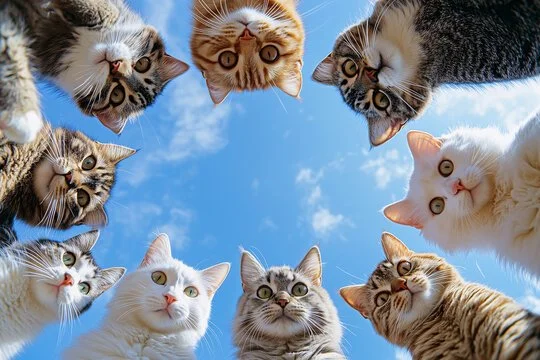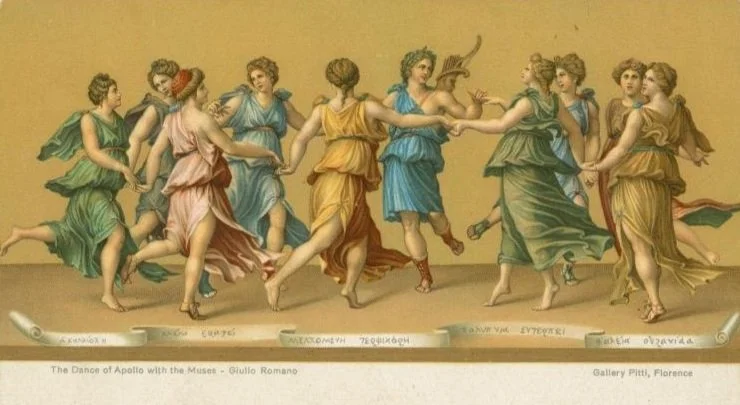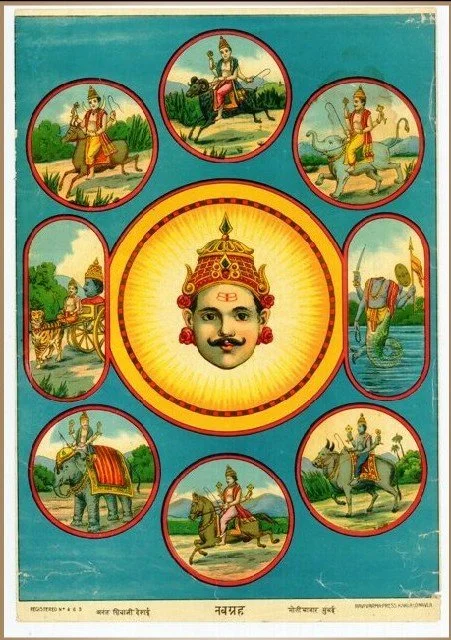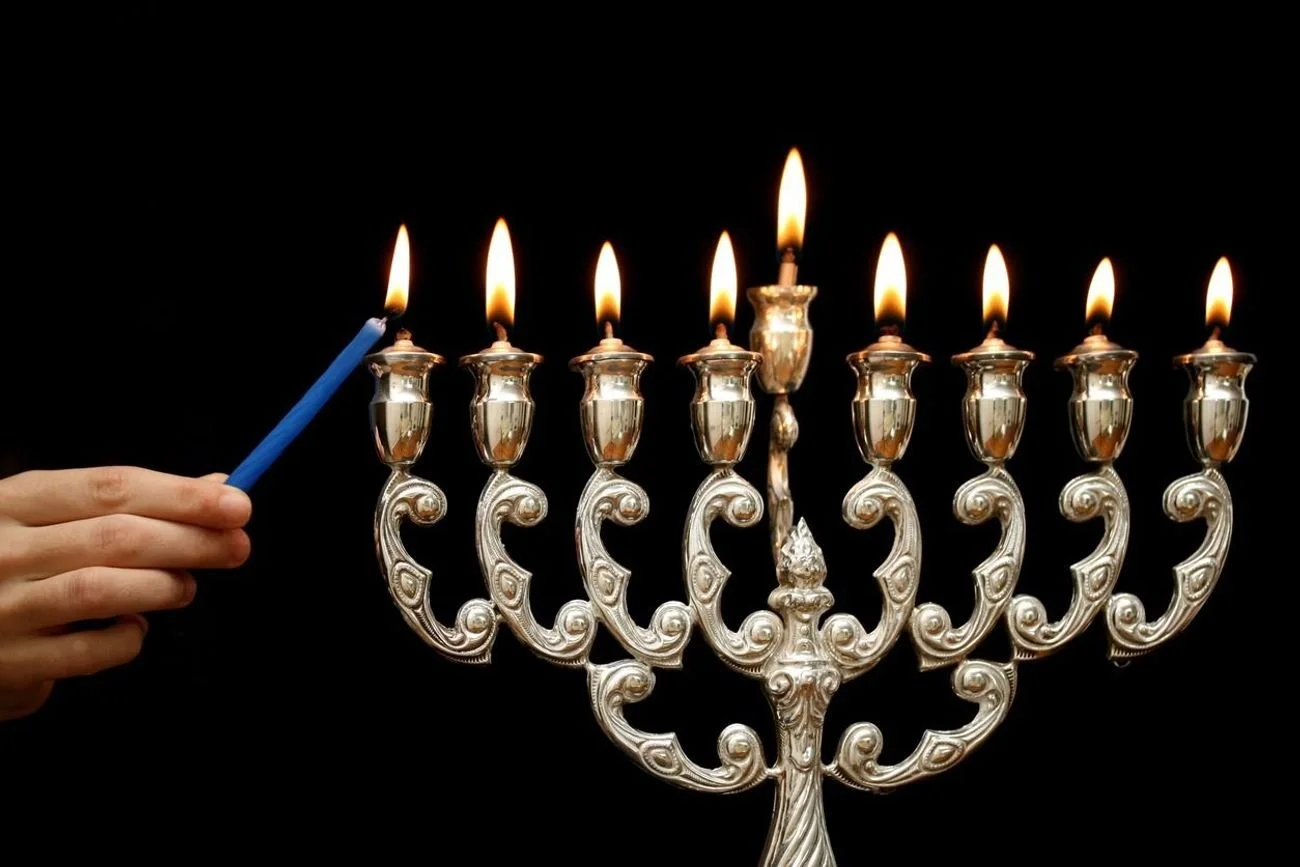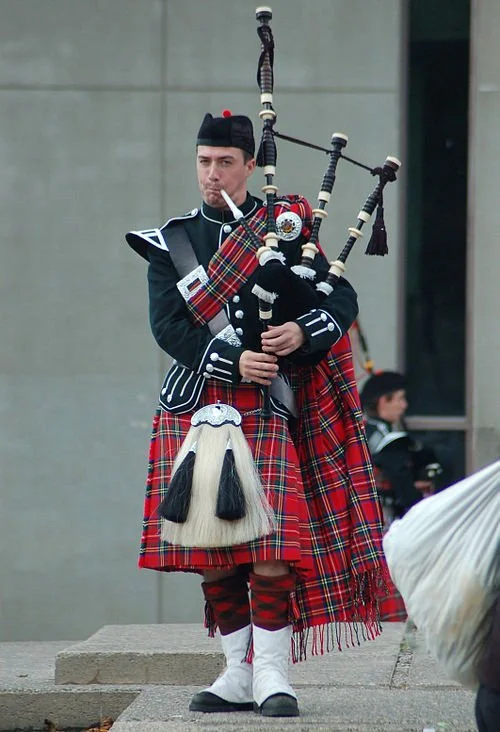By The Landlord
“In nine lifetimes, you'll never know as much about your cat as your cat knows about you.” – Michel de Montaigne
“Success is falling nine times and getting up ten.” – Jon Bon Jovi
“A baseball game is simply a nervous breakdown divided into nine innings.” – Earl Wilson
“In nine cases out of ten, a woman had better show more affection than she feels.” – Jane Austen, Pride and Prejudice
“The learned tribe whose works the World do bless,
Finish those works in some recess;
Both the Philosopher and Divine,
And Poets most who still make their address
In private to the Nine.” - The Poetick Miscellenies of Mr John Rawlett, 1687
Suddenly then, we are nine. Where did the time go? Nine years of music, ideas and connections. It’s a sort of childhood prime. An upside-down 6, three thrices, an imperfect, perfectly odd number, associated with inspiration, the surreal, power, wisdom, evil, euphoria, looking your best, and, whether it’s morning or night, for work or rest, always a striking time.
So then, this week, it’s hopefully a felix nonus natalis, a week of nonus optimus, perhaps a numerical but also an idiomatic adventure. How will it count? Anything in which this number is prominently within the song, but ideally not, for example 19 or 99, which, although connected, frankly, aren’t actually nine.
I loved being nine years old. I was cocky, happy and confident. I first knew who I was. I felt like a big fish in a small pond. But nine can mean many things. The number has been part of folklore and myth for centuries. John Rawlett’s 17th-century lines above refer to the classical Nine Muses of Arts and Learning – Clio, Thalia, Erato, Euterpe, Polyhymnia, Calliope, Terpsichore, Urania and Melpomene, divine Greek figures who between them covered many disciplines including poetry, music, history, tragedy, comedy and astronomy.
Care to dance? Apollo parties on with The Nine Muses
Poets have long opined inspiration from these figures. There’s several references to them in Shakespeare too. But in his Sonnet 38, the Bard steps it up even further, compares his beloved to one even greater:
Be thou the tenth Muse, ten times more in worth
Than those old nine which rhymers invocate;
And he that calls on thee, let him bring forth
Eternal numbers to outlive long date.
If my slight Muse do please these curious days,
The pain be mine, but thine shall be the praise.
Shakespeare used idioms we still use today, such as that feline reference: “Good king of cats, nothing but one of your nine lives,” says Mercutio in Romeo & Juliet.
The origin of the cat having nine lives is probably much older, stretching back to Ancient Egypt, in which those magical furry creatures were adored and worshipped, perhaps inspired by their wily ways to integrated into human lives, to escape death with unreal skills such twisting in the air to land safely when falling from a height.
The fairy queen, Titania, in A Midsummer’s Night’s Dream also refers to Nine Men’s Morris, an ancient strategic board game for two players, each having nine pieces, and in which forming a row of three of one's own pieces earns the removal of one of the other player's pieces. It’s a game that stretches as least as far back as the Ancient Roman Empire.
Nine has many ancient international cultural and religious associations. In Chinese culture, the number (九; pinyin: jiǔ) is considering positive and lucky because it sounds the same as the word for long-lasting (久; pinyin: jiǔ).
Nine is important in Indian culture and mythology too. Hindu navagraha are nine heavenly bodies and deities that influence human life on Earth. Also in the Vaisheshika branch of Hindu philosophy, there are nine universal substances or elements: Earth, Water, Air, Fire, Ether, Time, Space, Soul, and Mind.
In turn, the Navaratri is a nine-day festival dedicated to the nine forms of Hindu goddess, Durga. and in this painting by Raja Ravi Varma, the Sun is at the centre along with eight other representations of planets.
Hindu Navaratri
In Norse mythology, the number nine is associated with the god Odin, being the number days he hung from the world treeYggdrasil before attaining knowledge of the runes. From the illustration below you can see an overlap with Christianity. Odin is also mentioned a few times in the surviving Old English poetic corpus, including the Nine Herbs Charm and the Old English rune poem. He’s also hanging around in Solomon and Saturn. In the Nine Herbs Charm, “Woden” is said to have slain a wyrm (serpent or Germanic dragon) by way of nine "glory twigs”.
Hanging around: the Norse god Odin suspends from the tree Yggdrasil for nine days to gain knowledge from the runes
In other parallels, in Judaism, a Hanukkah menorah, or hanukkiah is the nine-branched candelabrum lit during the eight-day Jewish holiday of Hanukkah. The ninth branch holds a candle, called the shamash ("helper" or "servant"), which is used to light the other eight.
One over the eight: Hanukkah menorah
But nine is also a number associated with LaVeyan Satanism. The American founder of the Church of Satan Anton LaVey, who has a strong resemblance to the evil Emperor Ming The Merciless in Flash Gordon, outlines The Nine Satanic Statements. In his book The Satanic Rituals, he states that nine is the number of the ego since it "always returns to itself" even after being multiplied by any number. Pehaps then he was bit divided by that idea…
Anton LaVey: devilish obsessions with the number 9
While the upside-down devilish 666 is an obvious counterpoint in song, there is still something oddly menacing about the number 9. Perhaps that’s why the brilliant writers and actors Steve Pemberton and Reece Shearsmith used it as thematic motive for their darkly comic BBC series Inside No. 9, each individual story with superbly clever, evil twist, not unlike Roald Dahl’s Tales of the Unexpected. They’ve now completed all nine series. Highly recommended, here are a few highlights of the first four:
Song suggestions may very well pick up on any variety of such associations, but also with idiomatic phrases. A stitch in time? On cloud nine? Nine days’ wonder? The whole nine yards? And of course, dressed up to the nines.
These present interesting, if imperfect origins. A stitch in time saves nine of course refers to quick action preventing things worsening, a simple act of sewing a tear. In written form, which is always long after spoken usage, it is first recorded in Thomas Fuller’s Gnomologia: A Collection of the Proverbs, Maxims and Adages That Inspired Benjamin Franklin and Poor Richard’s Almanack, 1732: “A Stitch in Time May save nine.” Why nine? Perhaps because it just was easy to remember as a neat rhyme.
Sewn into history’s colourful associations, there’s stitching in fabric which seems to link many of these idioms. The whole nine yards, meaning to the maximum, unfolds with various origins, popularly relating to the supposed standards length of pieces of fabric used fo making various garments, from Indian saris to Scottish kilts, burial shrouds, or bolts of cloth. Fabric was routinely sold in standard lengths of nine yards (and other multiples of three yards) during the 1800s and early 1900s.
Another dimension is a military one, with common reference to the brightly, coloured and smart uniforms of the 99th (Lanarkshire) Regiment of Foot, which was raised in 1824. There’s the ideas that US Allied World War II aircraft machine gun belts were an imposing nine yards long.
But connected at least indirectly to the cloth length of nine yards, and with Scottish cloth, is the idea of being (dressed) up to the nines, which also has associations of to the maximum, at your best, or full-on.
Scotttish poet William Hamilton’s Epistle to Ramsay of 1719 pronounces:
The bonny Lines therein thou sent me,
How to the nines they did content me.
These “nines” may circle us back the nine muses, or even the so-called Nine Worthies, characters picked from history seen as significant, including Hector, Alexander, Julius Caesar, Joshua, David, Judas Maccabaeus, King Arthur, Charlemagne, and Godfrey of Bouillon. It’s seems a little random why these figures could make the cut.
Robert Burns's Poem on Pastoral Poetry, published in 1791, also uses the phrase:
Thou paints auld nature to the nines,
In thy sweet Caledonian lines
Dressing, and playing, up to the nines?
But to the nines might have a different origin after all. Samuel Fallows’ The Progressive Dictionary of the English Language of 1835, suggests this could be be derived from the phrase “to thine eynes’ – meaning to your eyes, a simple aural distortion. As ever, the evolution is a rich, inexact, but also interesting.
But what do your eyes, and ears, associate with the number nine? Let’s enjoy an approximate Ninth Birthday then, with songs using this number at the forefront.
Who then will assist in being a muse? Who will be the stitch in time as guest playlister from your suggestions? It’s the ever knowledgable and up-to-the-nines Nicko! Please place nominations in comments below for deadline at 11pm on Monday UK time (that’s probably nine o’clock somewhere else), for playlists published next week.
New to comment? It is quick and easy. You just need to login to Disqus once. All is explained in About/FAQs ...
Fancy a turn behind the pumps at The Song Bar? Care to choose a playlist from songs nominated and write something about it? Then feel free to contact The Song Bar here, or try the usual email address. Also please follow us social media: Song Bar Twitter, Song Bar Facebook. Song Bar YouTube, and Song Bar Instagram. Please subscribe, follow and share.
Song Bar is non-profit and is simply about sharing great music. We don’t do clickbait or advertisements. Please make any donation to help keep the Bar running.

